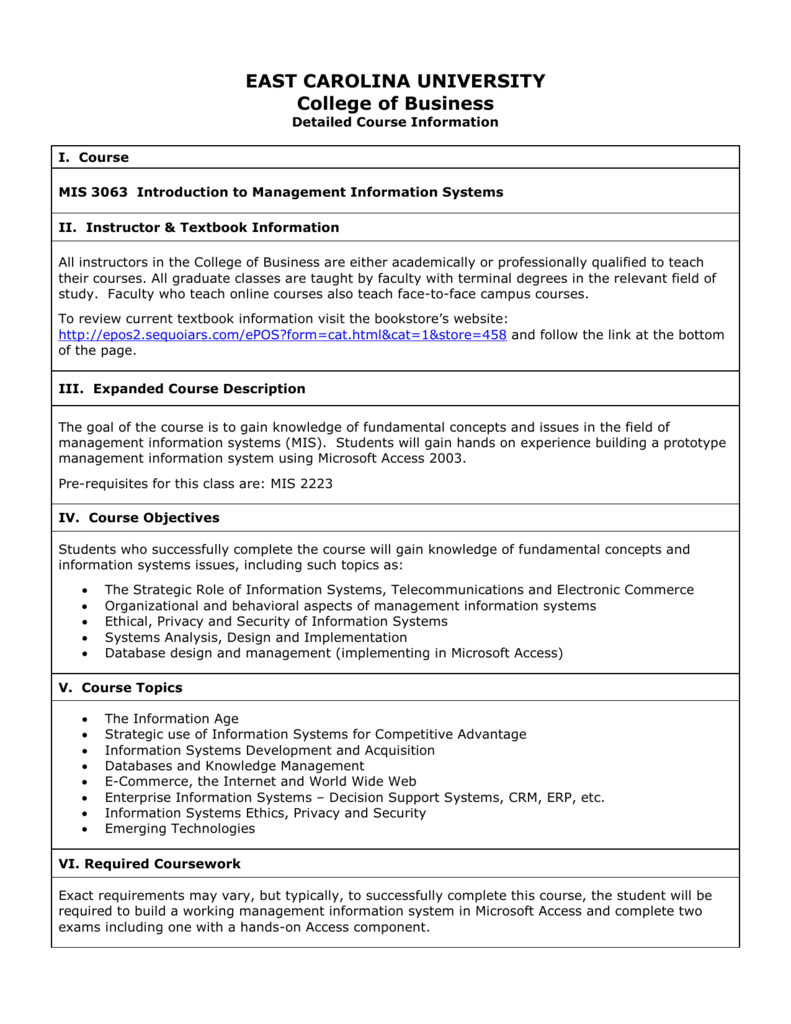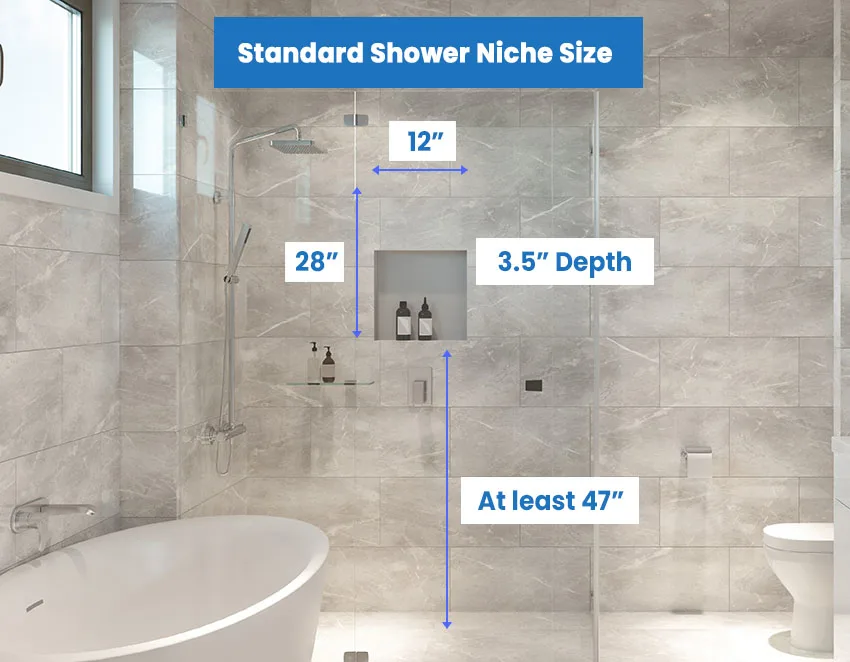Becoming a kitchen designer requires a combination of creativity, technical knowledge, and practical skills. The first step towards a successful career in this field is to obtain a formal education and training in interior design or a related field. Look for programs that offer courses specifically focused on kitchen design, as well as internships or apprenticeships that will provide hands-on experience in the industry.1. Education and Training
While education is important, experience is equally crucial in becoming a successful kitchen designer. Consider starting out as an assistant or junior designer at a design firm or home improvement store. This will give you the opportunity to learn from experienced professionals, gain practical skills, and build a portfolio.2. Gain Experience
Design skills are essential for any kitchen designer. This includes knowledge of color theory, space planning, and materials and finishes. You should also have a good eye for detail and be able to think creatively and outside the box. Practice honing these skills through projects and assignments, and seek feedback from mentors or instructors.3. Develop Design Skills
In today's digital age, proficiency in design software is a must for any kitchen designer. Familiarize yourself with industry standard software such as AutoCAD, SketchUp, and Adobe Creative Suite. These tools will help you create professional and accurate designs that can be easily communicated to clients and contractors.4. Familiarize Yourself with Industry Software
A strong portfolio is crucial for showcasing your skills and attracting potential clients. As you gain experience and complete projects, make sure to document them and include them in your portfolio. Consider creating a digital portfolio that can be easily shared online, as well as a physical portfolio to bring to meetings or interviews.5. Build a Portfolio
Networking is essential in any industry, and kitchen design is no exception. Attend trade shows, conferences, and networking events to connect with other professionals in the field. This can lead to potential job opportunities, partnerships, and valuable industry insights.6. Network with Professionals
While not mandatory, obtaining a certification from a reputable organization such as the National Kitchen and Bath Association (NKBA) can demonstrate your expertise and credibility as a kitchen designer. These certifications require passing exams and completing continuing education courses to stay up-to-date with industry standards and best practices.7. Consider Certification
The world of kitchen design is constantly evolving, with new trends and technologies emerging all the time. As a designer, it's important to stay informed and up-to-date with the latest trends, materials, and technologies in the industry. This will not only help you stay relevant and competitive, but also provide your clients with the best possible design solutions.8. Stay Up-to-Date with Trends and Technology
Kitchen design often involves working with contractors, vendors, and other professionals to bring a project to life. Having experience in project management, including budgeting, scheduling, and communication, is crucial for success in this field. Consider taking courses or gaining experience in project management to enhance your skills and make you a more well-rounded designer.9. Gain Experience in Project Management
While having a general knowledge of kitchen design is important, consider specializing in a specific niche area to set yourself apart from other designers. This could include sustainable design, universal design, or a specific style such as modern or traditional. This will not only help you attract clients with similar interests, but also showcase your expertise and passion in a specific area. Becoming a successful kitchen designer takes time, dedication, and hard work. By following these 10 main steps, you can lay a solid foundation for a fulfilling and successful career in this exciting and constantly evolving industry.10. Consider Specializing in a Niche Area
Become a Kitchen Designer: A Step-by-Step Guide
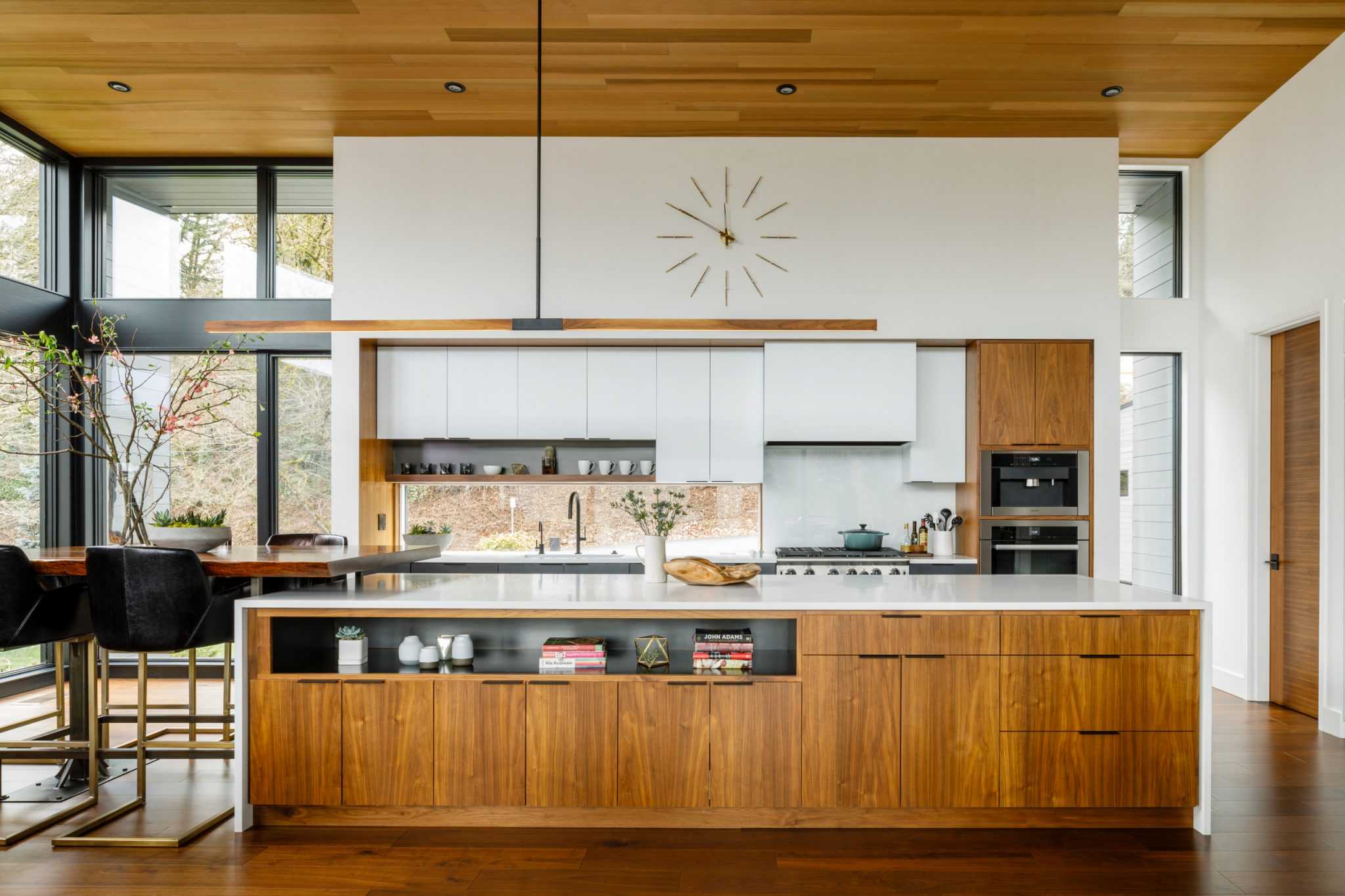
Step 3: Gain Experience and Build Your Portfolio
 After completing a formal education in interior design or a related field, it is important to gain experience in the industry. This can be achieved through internships or entry-level positions at design firms, home improvement stores, or kitchen and bath showrooms. Working alongside experienced designers will give you valuable hands-on experience and allow you to learn about the latest trends and techniques in kitchen design.
Being proactive and seeking out opportunities to gain experience will not only enhance your skills as a kitchen designer but also help you build a strong portfolio.
This is an essential tool in showcasing your design abilities and attracting potential clients. Your portfolio should include a variety of projects, from small kitchen remodels to larger, more complex designs. Including before and after photos, floor plans, and design concept boards will give potential clients a better understanding of your design process and style.
After completing a formal education in interior design or a related field, it is important to gain experience in the industry. This can be achieved through internships or entry-level positions at design firms, home improvement stores, or kitchen and bath showrooms. Working alongside experienced designers will give you valuable hands-on experience and allow you to learn about the latest trends and techniques in kitchen design.
Being proactive and seeking out opportunities to gain experience will not only enhance your skills as a kitchen designer but also help you build a strong portfolio.
This is an essential tool in showcasing your design abilities and attracting potential clients. Your portfolio should include a variety of projects, from small kitchen remodels to larger, more complex designs. Including before and after photos, floor plans, and design concept boards will give potential clients a better understanding of your design process and style.
Step 4: Stay Current with Industry Trends and Technology
 As with any field, it is important to stay updated with the latest trends and advancements in technology. This is especially true for kitchen design, as new products and techniques are constantly emerging.
Keeping up with industry trends and technology will not only make you a more knowledgeable and skilled designer, but it will also make you more competitive in the market.
Attend trade shows, conferences, and workshops to stay informed and network with other professionals in the industry.
As with any field, it is important to stay updated with the latest trends and advancements in technology. This is especially true for kitchen design, as new products and techniques are constantly emerging.
Keeping up with industry trends and technology will not only make you a more knowledgeable and skilled designer, but it will also make you more competitive in the market.
Attend trade shows, conferences, and workshops to stay informed and network with other professionals in the industry.
Step 5: Obtain Certifications and Memberships
 While not required, obtaining certifications and memberships in professional organizations can greatly benefit your career as a kitchen designer. The National Kitchen and Bath Association (NKBA) offers various certifications, including the Certified Kitchen Designer (CKD) and Certified Bath Designer (CBD). These credentials demonstrate your expertise and credibility as a designer. Additionally, being a member of organizations such as the American Society of Interior Designers (ASID) and the International Interior Design Association (IIDA) can provide valuable resources and networking opportunities.
By following these steps and continuously honing your skills and knowledge, you can become a successful kitchen designer and create beautiful and functional spaces for your clients.
Remember to always stay passionate and dedicated to your craft, as it will reflect in your designs and attract clients who appreciate your expertise.
While not required, obtaining certifications and memberships in professional organizations can greatly benefit your career as a kitchen designer. The National Kitchen and Bath Association (NKBA) offers various certifications, including the Certified Kitchen Designer (CKD) and Certified Bath Designer (CBD). These credentials demonstrate your expertise and credibility as a designer. Additionally, being a member of organizations such as the American Society of Interior Designers (ASID) and the International Interior Design Association (IIDA) can provide valuable resources and networking opportunities.
By following these steps and continuously honing your skills and knowledge, you can become a successful kitchen designer and create beautiful and functional spaces for your clients.
Remember to always stay passionate and dedicated to your craft, as it will reflect in your designs and attract clients who appreciate your expertise.





















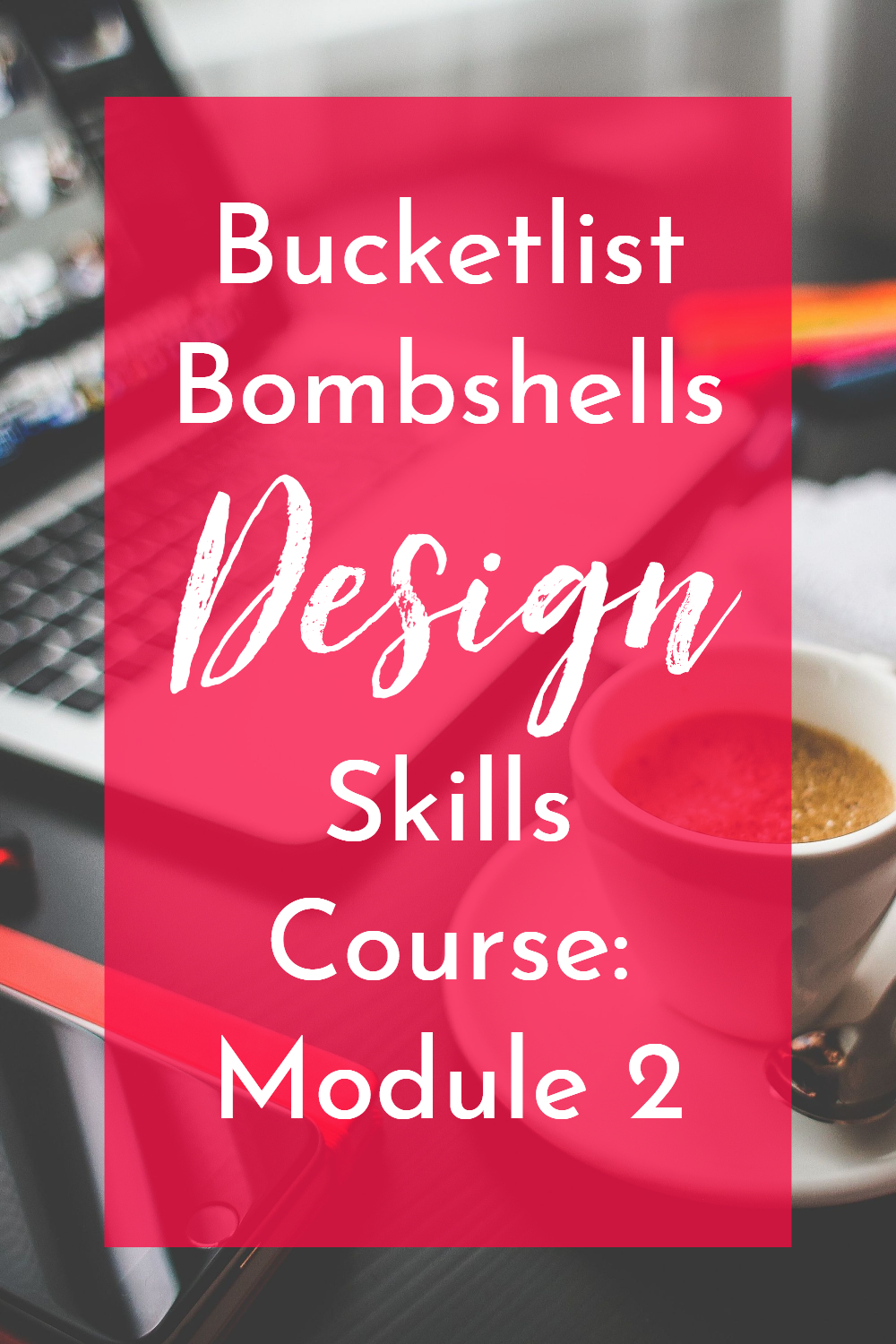



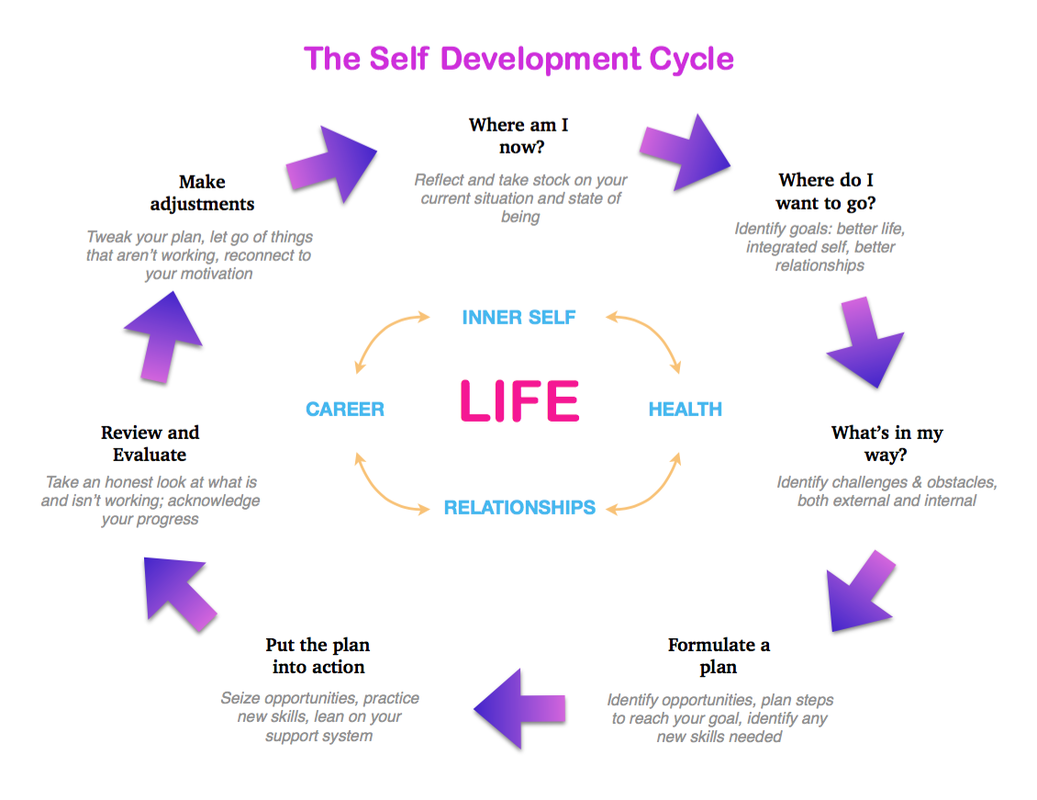
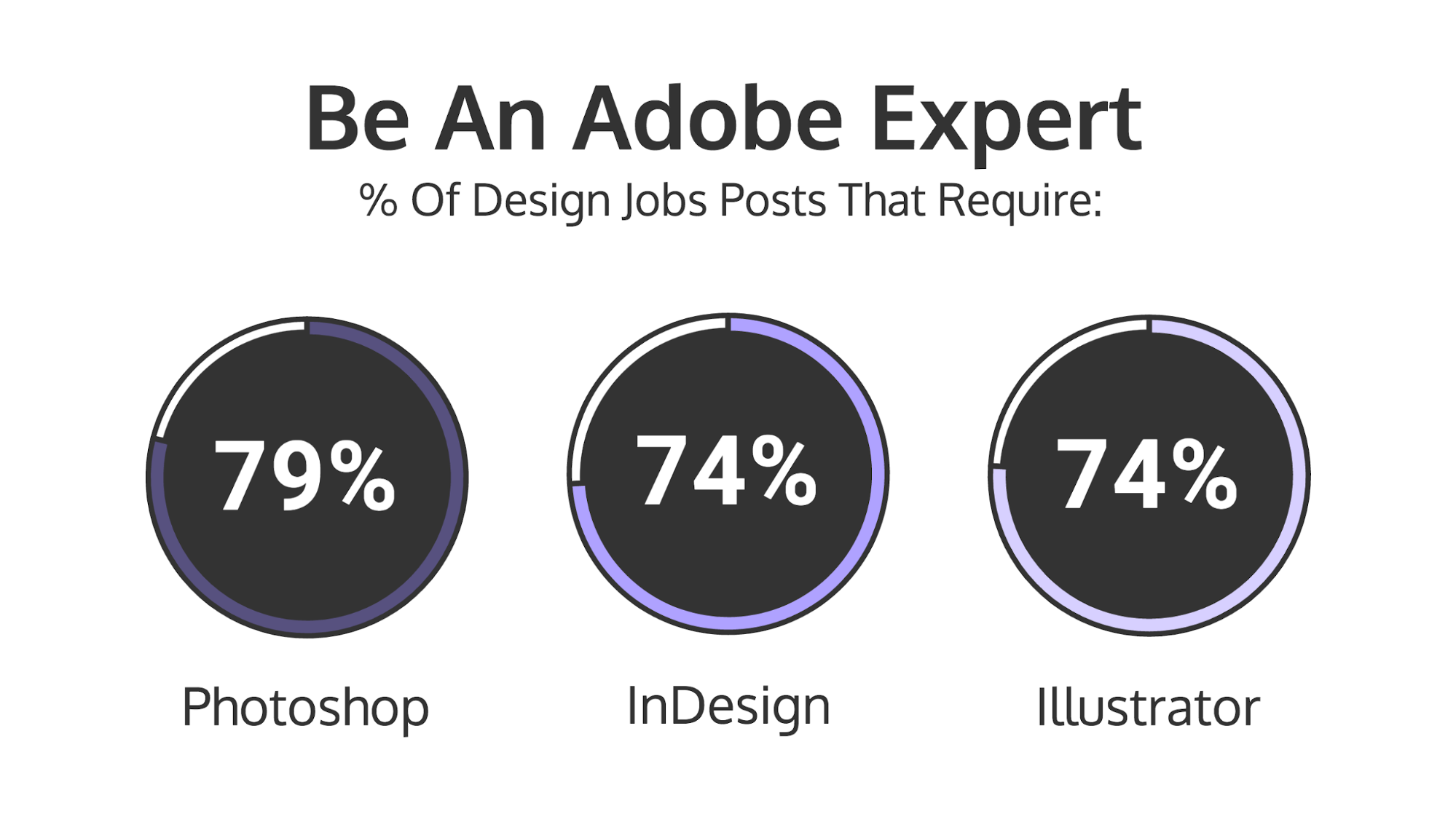






















/GettyImages-10725852341-9dc2cae0f03244c78e7b91899301ec3d.jpg)









































